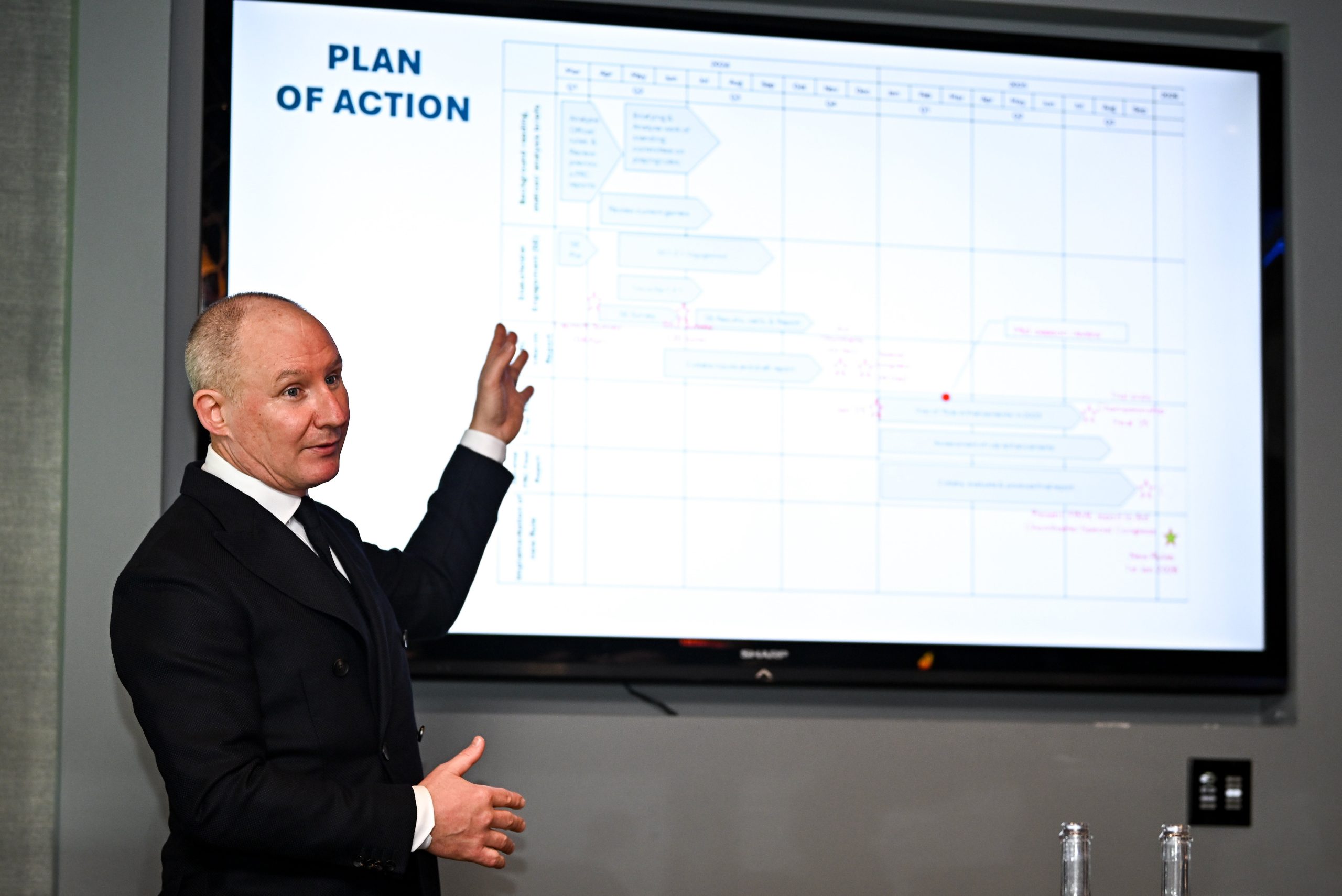HERE are some queries that have arisen during the first two rounds of the NFL, in relation to the changes brought in my the FRC’s new rule enhancements.
When can a free be taken from outside the 40-metre arc for a two-point score?
The only time a player can opt to kick a two-pointer is if the ball is brought from outside the arc to inside. This is in the case of a free carried forward for dissent or an infraction of the 3v3 rule. Any free awarded inside the 40-metre arc cannot be moved outside.
A tale of two arcs
Under the previous rules, all players had to stand outside the small arc on kick-outs.
Now, a kick-out can be taken before all the players have moved out.
Forwards can intercept the ball, provided they are 13metres from the ball.
A defender only allowed to receive the ball outside the new 40-metre arc.
A defending player must be 13 metres – in a radius – from the ball despite not taking possession from the kick-out inside the 40-metre arc.
What happens if a team loses their goalkeeper?
A team must replace the goalkeeper with either putting a bib on an outfield player to take over as goalkeeper or introduce a sub-goalkeeper in. A team must always have an identifiable goalkeeper.
One point or two?
If the ball gets contact from another player, after being kicked from outside the large 40-metre arc, it’s only a one-pointer. A bounce off the post, bar or ground doesn’t count. A touch from another player – including a flick by the goalkeeper over the bar – counts as the final touch. Hence, it’s a one-pointer.
Beating the hooter
If a kick goes over the bar, kicked before the hooter sounds for the end of the game, it counts as a score.
If the ball touches any other player after the hooter, it’s deemed no score as the final touch came after the hooter.
If there has been an advantage played before the hooter sounds but no score ensues, the free can still be awarded after the hooter sounds.
Also, the advantage rule is no longer five seconds. It is not time specific, but it’s at the referee’s discretion.
Handing it on?
A player who commits a foul must hand the ball to the nearest player on the opposing team. The only exception is that if the goalkeeper is the person committing the foul. He may hand the ball to a teammate who will then hand it to the nearest opposing player.
Solo and go?
A team may not use the solo and go inside your attacking 20-metre zone.
Goalkeepers in their own half
Goalkeepers can only take a pass – kick, fist or palm – from a teammate, in their own half, if both are in the large rectangle when a ball is kicked into the square.
A player in possession of the ball is not permitted to run into the large rectangle and pass to the goalkeeper. Both players have to be in the square for the entire play.
There is a slight exception. If ball is kicked into a defence and deflects off a defender, the goalkeeper may take possession of the loose ball. The referee will make a judgement between a deflection and an actual palm back to the ‘keeper.
Have you a query about the rules? Get in touch – m.mcmullan@gaeliclife.com
Receive quality journalism wherever you are, on any device. Keep up to date from the comfort of your own home with a digital subscription.
Any time | Any place | Anywhere













